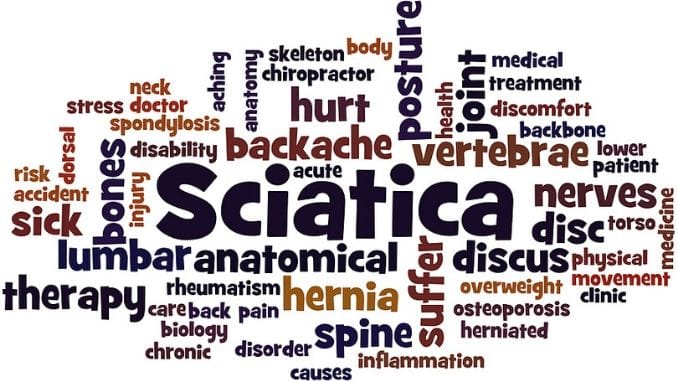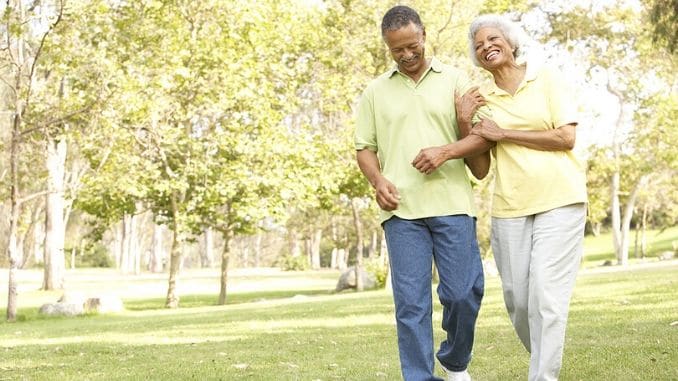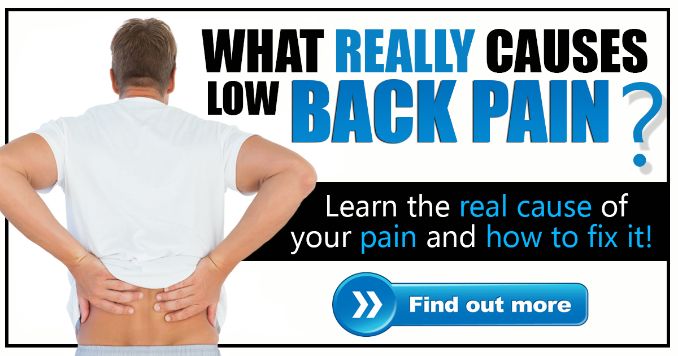
Sciatica is nerve pain that is caused by irritation and/or compression of the sciatic nerve. The sciatic nerve is the longest and the largest nerve in your body. It starts in your lower back and splits to run through your hips, buttocks, legs, and feet on both sides.
The hallmark of Sciatica is pain that radiates from your lower back into the back or side of your legs. It can range from a mild ache to sharp, severe pain. You can also get numbness, tingling, and weakness in your leg or foot.
But is Sciatica a Condition or a Symptom?
A medical condition is a broad term that includes all diseases, lesions, and disorders, while a symptom is a manifestation of a condition experienced by the patient.
With that definition in mind, Sciatica is a symptom of a lumbar spinal disorder that causes mild to sharp and sometimes excruciating pain back and leg pain.
Spinal Disorders That Cause Sciatica:
Common causes of Sciatica include:
- Lumbar Spinal Stenosis – Narrowing of the spinal canal in the lower back
- Degenerative Disc Disease – An age-related condition that happens when one or more discs between the vertebrae of the spinal column deteriorate or break down, leading to pain
- Spondylolisthesis – A condition in which one vertebra slips forward over another one
- Disc Herniation – An injury to the cushioning and connective tissue between vertebrae, usually caused by excessive strain or trauma to the spine
- Muscle Spasm in the back or buttocks
- Pregnancy
Treatment and Management:
Treatments for Sciatica depend on the underlying cause and the severity of the pain, but below are some home remedies for helping ease the pain and other symptoms:
1. Bed Rest
Bed rest has traditionally been recommended for the treatment of acute Sciatica. However, it is a common misconception that bed rest will speed up or aid in the recovery of sciatic pain. In fact, sitting and lying down increases the pressure on the discs in your lower back, making Sciatica worse. Bed rest for long periods of time should be avoided as it can worsen your condition. Movement is encouraged with Sciatica as it allows the nutrients to heal the spine and reduces muscle spasms while helping to increase flexibility and improve muscle tone. It’s important to avoid high-impact activities that trigger the pain but continue with your regular tasks and light exercises. In a small number of cases, if the back pain is so severe that you can’t move, a short period of rest may be helpful, but generally no longer than one to two days.
2. Heat and Ice Therapy
Alternating heat and ice therapy can provide immediate relief of sciatic nerve pain. Ice can help reduce inflammation, while heat promotes blood flow to the painful area. Heat and ice may also help ease the painful muscle spasms that often accompany Sciatica.
3. Stretching Exercises
When you are stretching, make sure to stretch only to the point of feeling gentle tension in your limb or another body part. Hold the stretch for at least 10 seconds initially, and build up to holding the stretch for at least 30 seconds. Don’t bounce as you stretch, and don’t hold your breath. Breathe normally.
Stretching the hamstrings is one way of addressing Sciatica. The easiest way is to lie on your back, raise one leg in the air, wrap a towel or strap around your raised thigh or foot, and support your leg with the towel while gently straightening your knee. The leg on the floor can be bent or straight, whichever is more comfortable. You should feel a stretch along the back of your leg.
Another option is to sit on the front of a chair with both feet planted firmly on the floor. Extend one leg in front of your body and flex your foot, so the weight of your leg is resting on your heel. Keeping your back “straight,” gently rock forward on your sit bones so your upper body leans slightly toward your leg. You should feel a stretch along the back of your leg.
When you stretch, do it with the goal of feeling better, not becoming more flexible, or increasing your range of motion. Over time you may become more flexible and increase your range of motion, but these gains tend to happen slowly, with regular practice.
Pushing (or pulling) too hard in a stretch can cause tiny tears in your muscles, tendons, and ligaments, which will hurt and can cause you to become less flexible, not more.
Here’s a video showing some effective stretches to help relieve Sciatica:
4. Foam Rolling
Using a foam roller for Sciatica is extremely effective and something that is definitely worth trying. Foam rolling is a form of self-myofascial release and is frequently used for easing pain that is associated with tightness located in the fascia. Foam rolling releases tension, tightness, and knots in the muscles.
When you are starting to use a foam roller for Sciatica, it is important to start slowly and use a foam roller that is not too dense. Using too much pressure when you are just getting started can cause even more pain than you had experienced before.
Here is a video showing the proper foam rolling technique for Sciatica:
Medications:
Medication can be a crucial part of managing and treating occasional and recurring pain and can help you stay pain-free and active. But you have to use the right medications, and in using them in the right way.
There are many different choices of treatments for Sciatica, yet, there is no “best” medication that works for everyone. What works for one person might not work for another. Everyone reacts differently to medication, and sometimes it takes time to find the right drug and the correct dosage for you. Your doctor will take your medical condition, medical history, and other medications you are taking into consideration when suggesting a treatment for you.
a. Pain Management Drugs and NSAIDS
The standard pain medications such as aspirin, or acetaminophen may be helpful, but these are not NSAIDs and do not help with inflammation. Meanwhile, NSAIDs are often the go-to drugs for back pain relief. They can be purchased over the counter (or, in higher doses, by prescription) and include ibuprofen (Advil) and naproxen (Aleve).
NSAIDs help reduce pain, swelling, and inflammation in the muscles and around damaged spinal discs or arthritic joints. Because NSAIDs are easy to obtain, they are often overused, which can cause possible side effects like stomach pain, ulcers, bleeding, or even kidney damage.
There is no recommended standard dosage for NSAIDs for back pain.
b. Muscle Relaxants
When the underlying cause of Sciatica is muscle spasms, muscle relaxants can help. However, muscle relaxants can cause confusion in older patients. Side effects include fatigue, dizziness, drowsiness, dry mouth, and decreased blood pressure.
Prognosis:
With proper care and treatment, the symptoms of acute Sciatica usually do not last longer than four to eight weeks. In fact, most healthcare experts believe that with proper treatment, Sciatica will go away on its own.
For a more comprehensive approach to Sciatica and other back injuries that cause Sciatica, check out Low Back Pain Solved, here!







